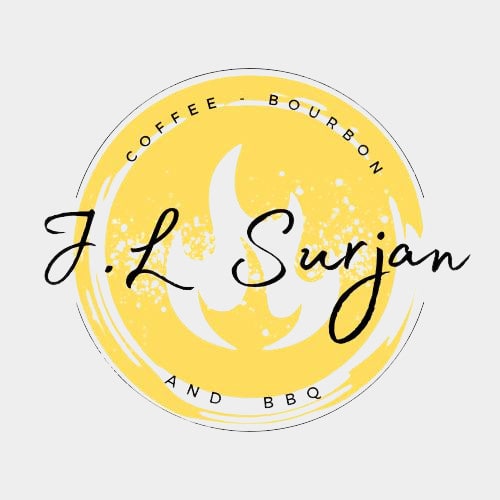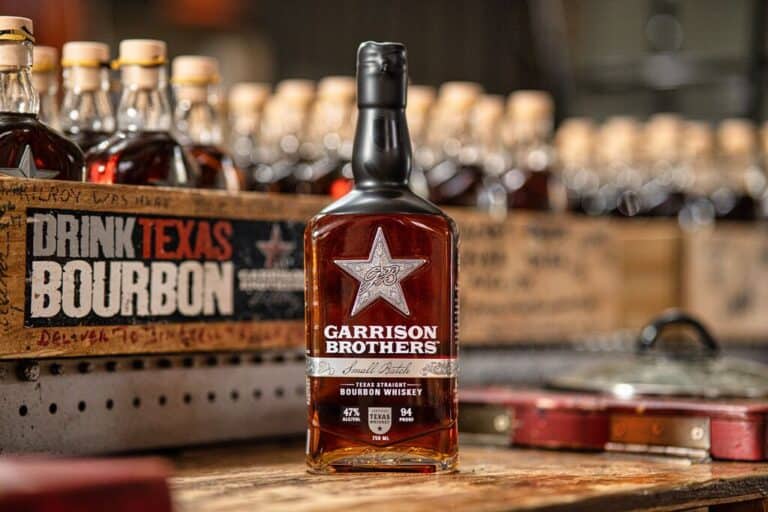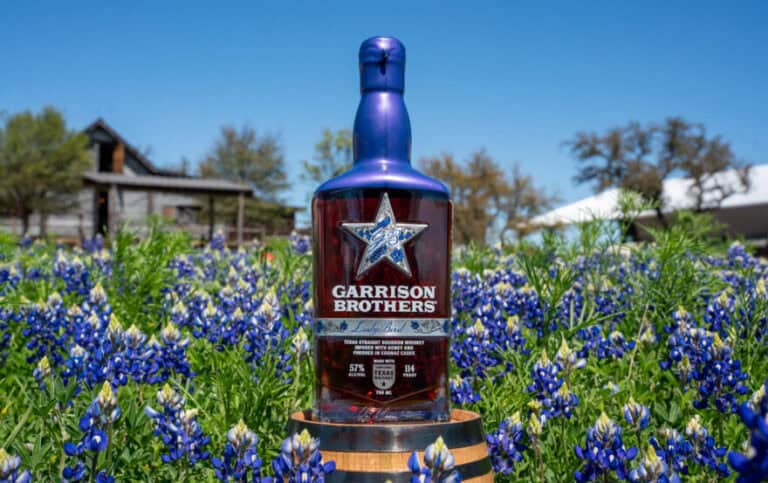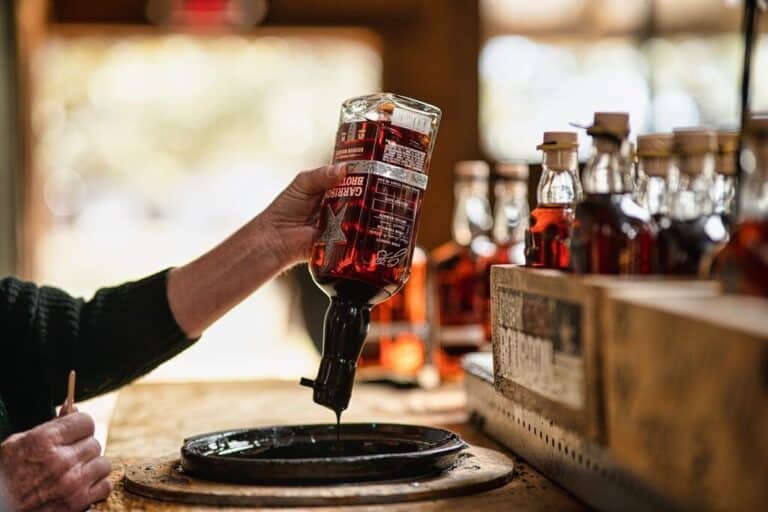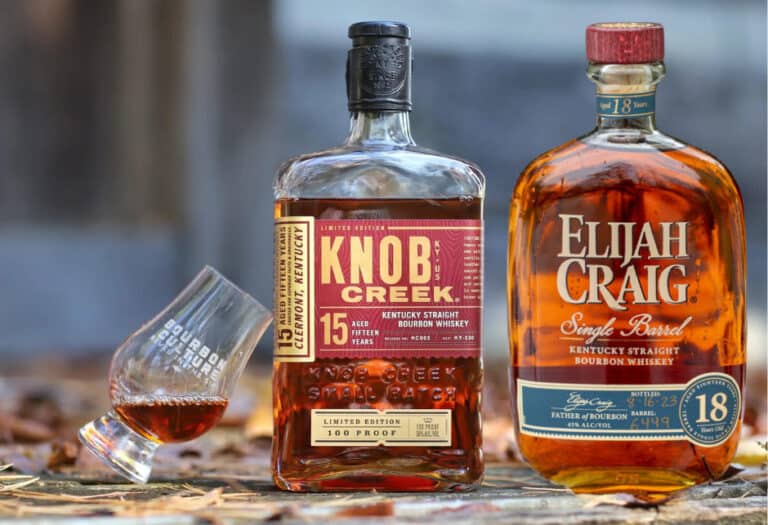Still Austin Bottled in Bond vs Shire Distilling Rum Barrel Rye: A Texas Whiskey Duel
When it comes to the world of whiskey, few regions are making as big a splash as Texas. In a state known for doing things bigger and bolder, it’s no surprise that two of its standout distilleries are pushing the boundaries of what rye whiskey can be. Today, we’re putting two heavyweights in the ring: Still Austin Bottled in Bond vs Shire Distilling Rum Barrel Rye. Both bring something unique to the table, but which one deserves a spot on your top shelf? Let’s dive into this Texas-sized showdown and see how these two ryes stack up.
Introduction to Still Austin Whiskey Co. Bottled in Bond Rye Whiskey
History and Background
Still Austin Whiskey Co. is renowned for its grain-to-glass approach, utilizing 100% Texas-grown grains. Established in 2017, this Austin-based distillery quickly gained a reputation for its high-quality, locally sourced products. Their Bottled in Bond series, including the Straight Rye Whiskey, reflects their commitment to authenticity and excellence.
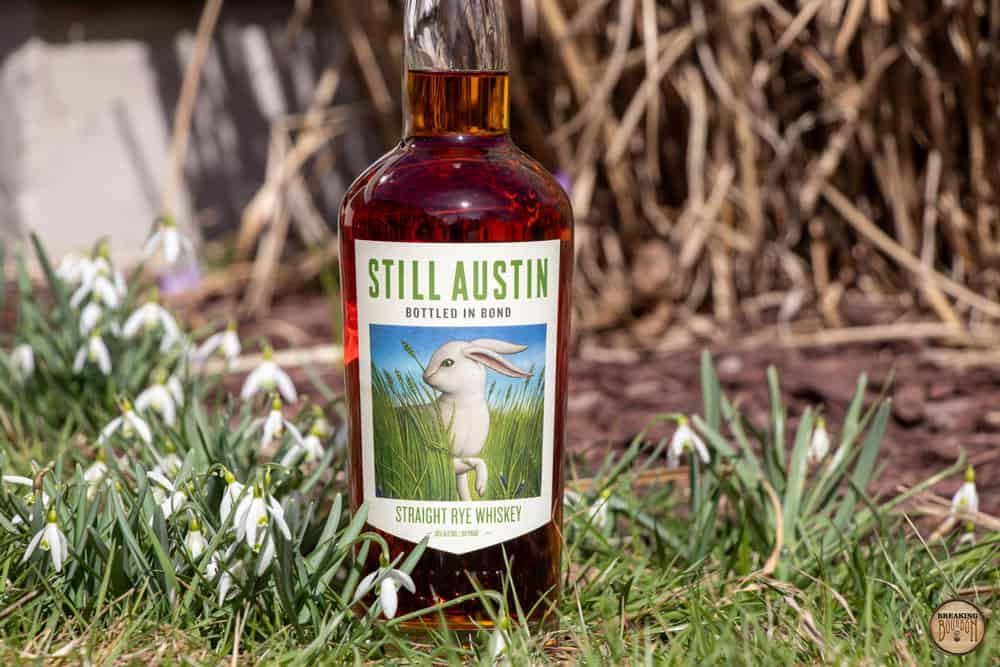
Production Process
The production of Still Austin Bottled in Bond Rye Whiskey adheres strictly to the Bottled in Bond Act of 1897. This ensures the whiskey is produced in one distillation season by a single distiller, aged for at least four years in a federally bonded warehouse, and bottled at 100 proof. The use of 100% Texas-grown rye gives this whiskey its distinct, robust flavor.
Popular Varieties
In addition to their Bottled in Bond Rye, Still Austin offers several other varieties such as their Straight Bourbon and Cask Strength series. Each product is crafted to highlight the unique characteristics of Texas grains and the local terroir.

Introduction to Shire Distilling Tejas Collaboration Rye finished in a rum barrel
History and Background
Shire Distilling, a well-regarded name in the whiskey industry, has a tradition of innovative distilling practices. Their Tejas Collaboration Rye finished in a rum barrel exemplifies their experimental spirit, combining traditional rye whiskey with the unique finish provided by rum barrels.
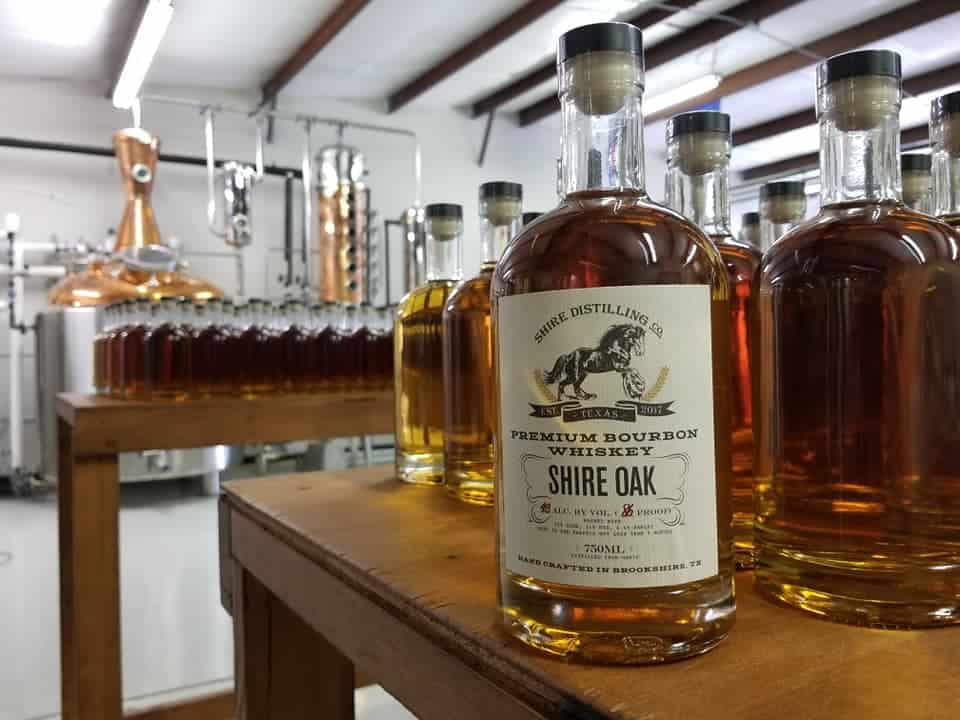
Production Process
The Tejas Collaboration Rye undergoes a meticulous production process, starting with a high-quality rye base. The whiskey is then aged in rum barrels, imparting a distinctive sweetness and complexity to the final product. This aging process adds layers of flavor that are both unique and highly sought after.
Popular Varieties
Shire Distilling is known for its wide range of spirits, including various bourbons, ryes, and specialty finishes. The Tejas Collaboration Rye is particularly noted for its innovative approach, setting it apart from more conventional offerings.
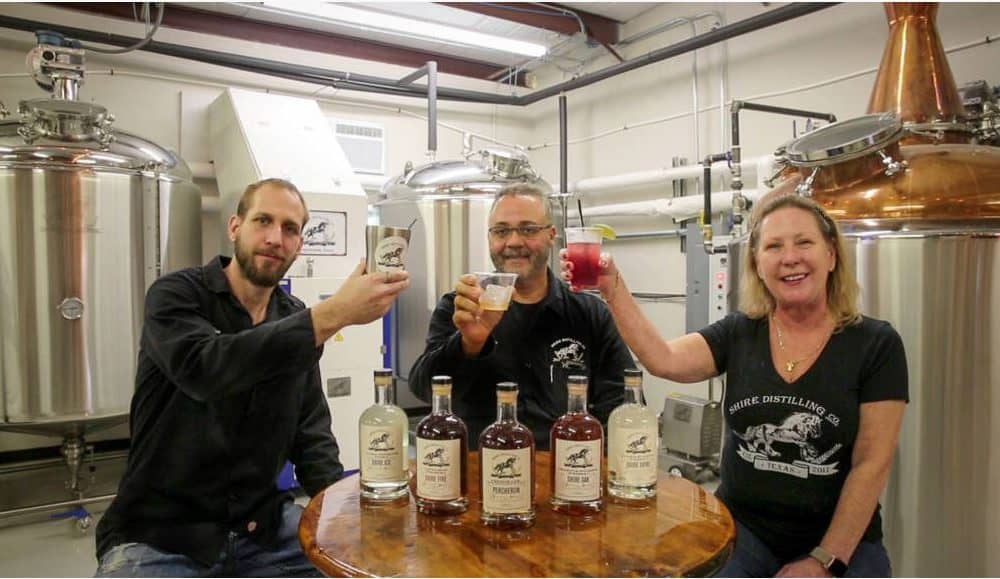
Still Austin Bottled in Bond vs Shire Distilling Rum Barrel Rye Taste and Flavor Profiles
Still Austin Bottled in Bond Rye Whiskey Taste Profile
This rye whiskey presents a well-rounded flavor profile. The nose offers notes of spicy oak, cherry pie, and savory herbs. On the palate, you’ll find hints of honey, black tea, and candied ginger, culminating in a finish with pink peppercorn, almond butter, and fig. This balance of sweetness and spice makes it a delightful sipper and a versatile cocktail ingredient.
Shire Distilling Tejas Collaboration Rye finished in a rum barrel Taste Profile
Tejas Collaboration Rye features a nose rich with the sweet aroma of molasses and tropical fruits, thanks to its rum barrel finish. On the palate, expect flavors of caramel, vanilla, and a hint of banana, followed by a smooth finish with notes of dark chocolate and oak. This combination creates a complex and enjoyable tasting experience that stands out in the rye category.
Comparison of Flavor Notes
While Still Austin Bottled in Bond Rye focuses on a traditional rye spice with a balanced sweetness, Shire Distilling Tejas Collaboration Rye offers an exotic twist with its rum barrel finish. The former is characterized by its robust, earthy notes and subtle sweetness, while the latter leans towards a sweeter, more tropical profile with layers of complexity from the rum influence.

Price and Value
Price Points for Still Austin Bottled in Bond Rye Whiskey
Priced around $80, Still Austin’s Bottled in Bond Rye offers good value given its high quality and the stringent standards of the Bottled in Bond designation. The use of local ingredients and the distillery’s dedication to quality make it a worthy investment for whiskey enthusiasts.
Price Points for Shire Distilling Tejas Collaboration Rye finished in a rum barrel
Similarly, the Tejas Collaboration Rye is priced in the $75-$85 range. The unique finishing process in rum barrels and the resulting complex flavor profile justify this price point, making it an attractive option for those looking to explore something different.
Value for Money
Both whiskeys offer excellent value for their price. Still Austin’s Bottled in Bond Rye provides a classic rye experience with high authenticity, while Shire Distilling’s Tejas Collaboration Rye delivers an innovative and unique flavor profile. The choice between them depends on personal preference for traditional versus experimental flavors.

Quality and Ingredients
Still Austin’s Bottled in Bond Rye showcases high-quality ingredients, specifically the 100% Texas-grown rye. The rigorous Bottled in Bond standards ensure consistency and excellence in each batch. The whiskey is well-crafted, with careful attention to the distilling and aging processes, resulting in a product that is both flavorful and reliable.
Shire Distilling’s Tejas Collaboration Rye also maintains high quality, particularly with its innovative aging process. The use of rum barrels for finishing adds a layer of complexity that speaks to the distillery’s expertise and creativity. This attention to detail in both the base whiskey and the finishing process results in a high-quality spirit.
Ingredient Comparison
Both whiskeys utilize top-notch ingredients. Still Austin’s emphasis on locally sourced rye ensures a product that is deeply connected to its Texas roots. In contrast, Shire Distilling combines traditional rye with the unique influence of rum barrels, creating a fusion of flavors that sets it apart.

Customer Reviews and Ratings
Still Austin Bottled in Bond Rye Whiskey Customer Feedback
Customers consistently praise Still Austin’s Bottled in Bond Rye for its balanced flavor profile and high quality. Reviews highlight the whiskey’s smoothness and the pleasant interplay of spice and sweetness, making it a favorite among rye enthusiasts.
Shire Distilling Tejas Collaboration Rye finished in a rum barrel Customer Feedback
The Tejas Collaboration Rye receives acclaim for its unique flavor and innovative approach. Reviewers appreciate the added complexity from the rum barrel finish, noting the tropical and sweet notes that make it a standout option in the rye whiskey category.
Overall Customer Satisfaction
Both brands enjoy high customer satisfaction, with Still Austin appealing to those who prefer a classic rye experience and Shire Distilling attracting those interested in unique and experimental finishes. The positive feedback for both products underscores their quality and appeal to different segments of whiskey lovers.
Conclusion
Still Austin Bottled in Bond Rye Whiskey and Shire Distilling Tejas Collaboration Rye finished in a rum barrel offer distinct experiences. Still Austin’s offering is grounded in tradition with a balanced spice and sweetness, while Shire Distilling provides an innovative twist with its rum barrel finish, adding tropical and sweet notes to the mix.
Which Brand Stands Out?
The choice between these two exceptional ryes depends largely on personal preference. If you favor a traditional rye with a balanced, earthy profile, Still Austin Bottled in Bond Rye Whiskey is the ideal choice. For those seeking a unique, complex flavor with a hint of tropical sweetness, Shire Distilling Tejas Collaboration Rye finished in a rum barrel stands out as the winner. Both whiskeys showcase high quality and craftsmanship, making either a great addition to any collection.


FAQs
Disclosure: Our blog contains affiliate links to products. We may receive a commission for purchases made through these links. However, this does not impact our reviews and comparisons. We try our best to keep things fair and balanced, in order to help you make the best choice for you.
